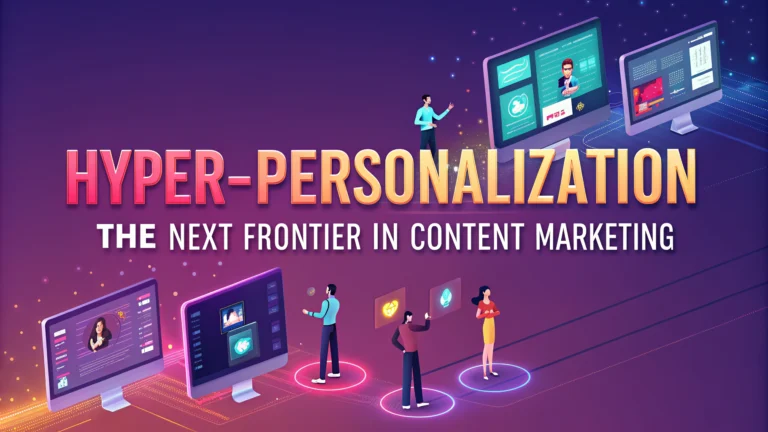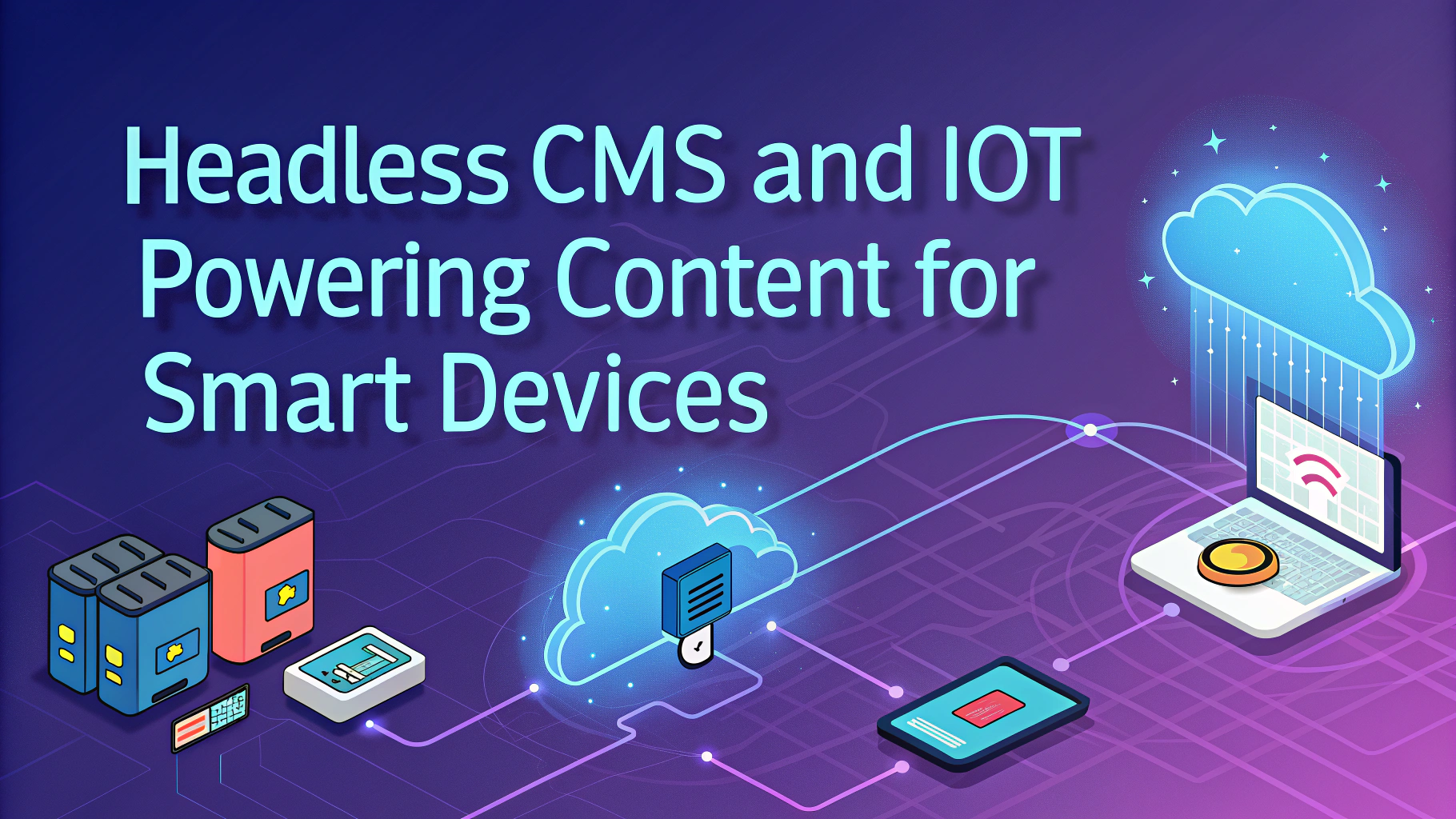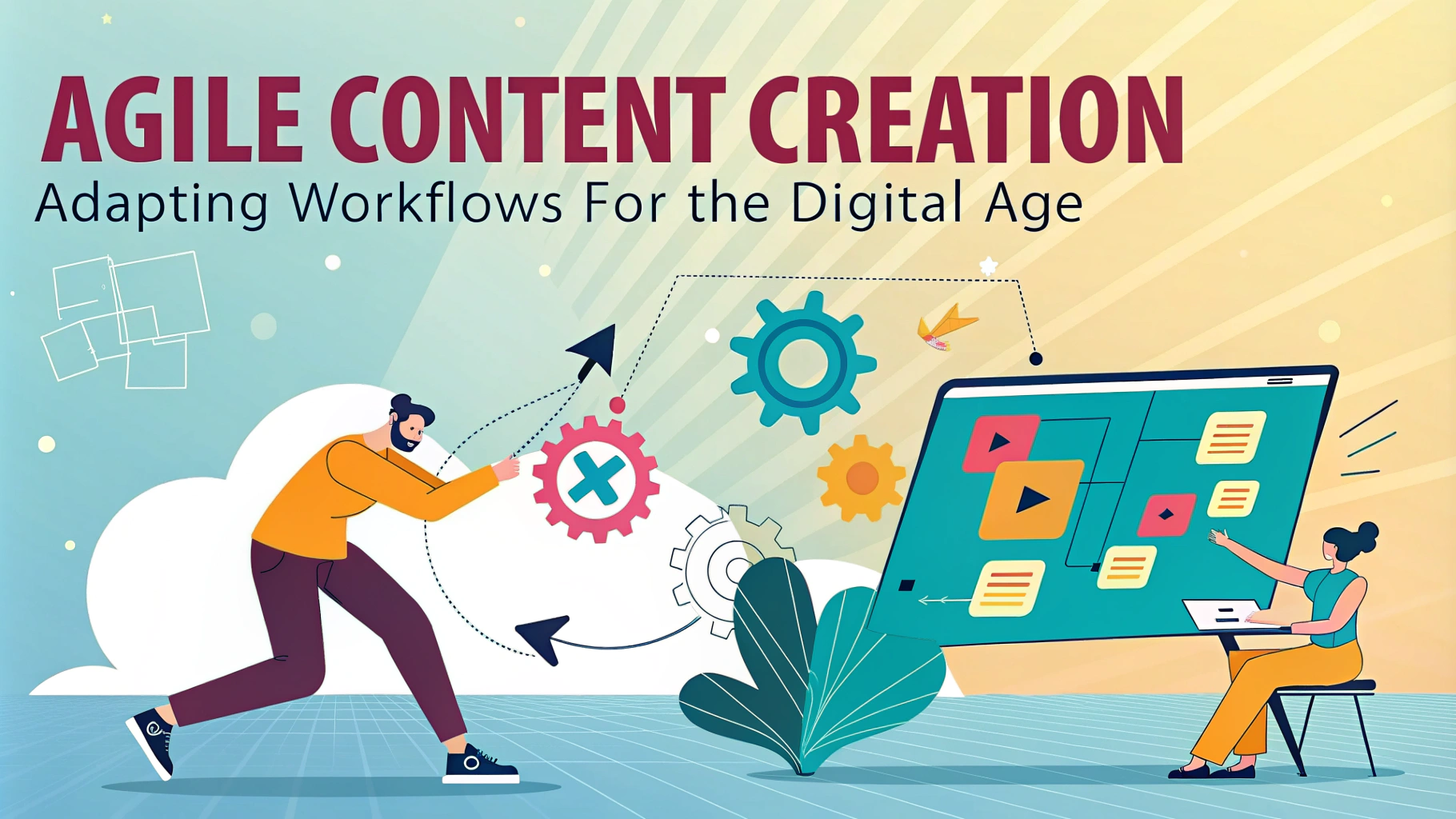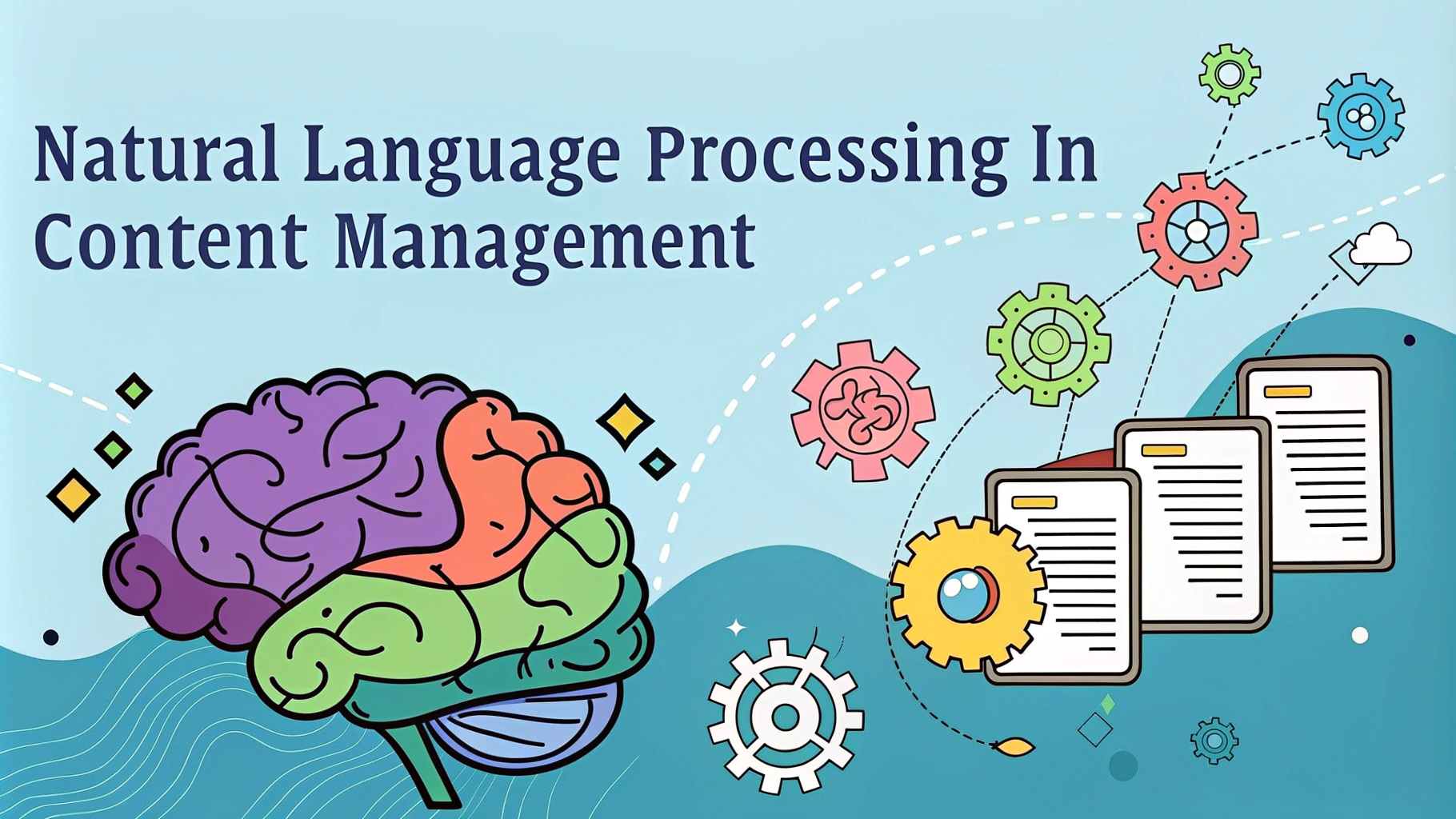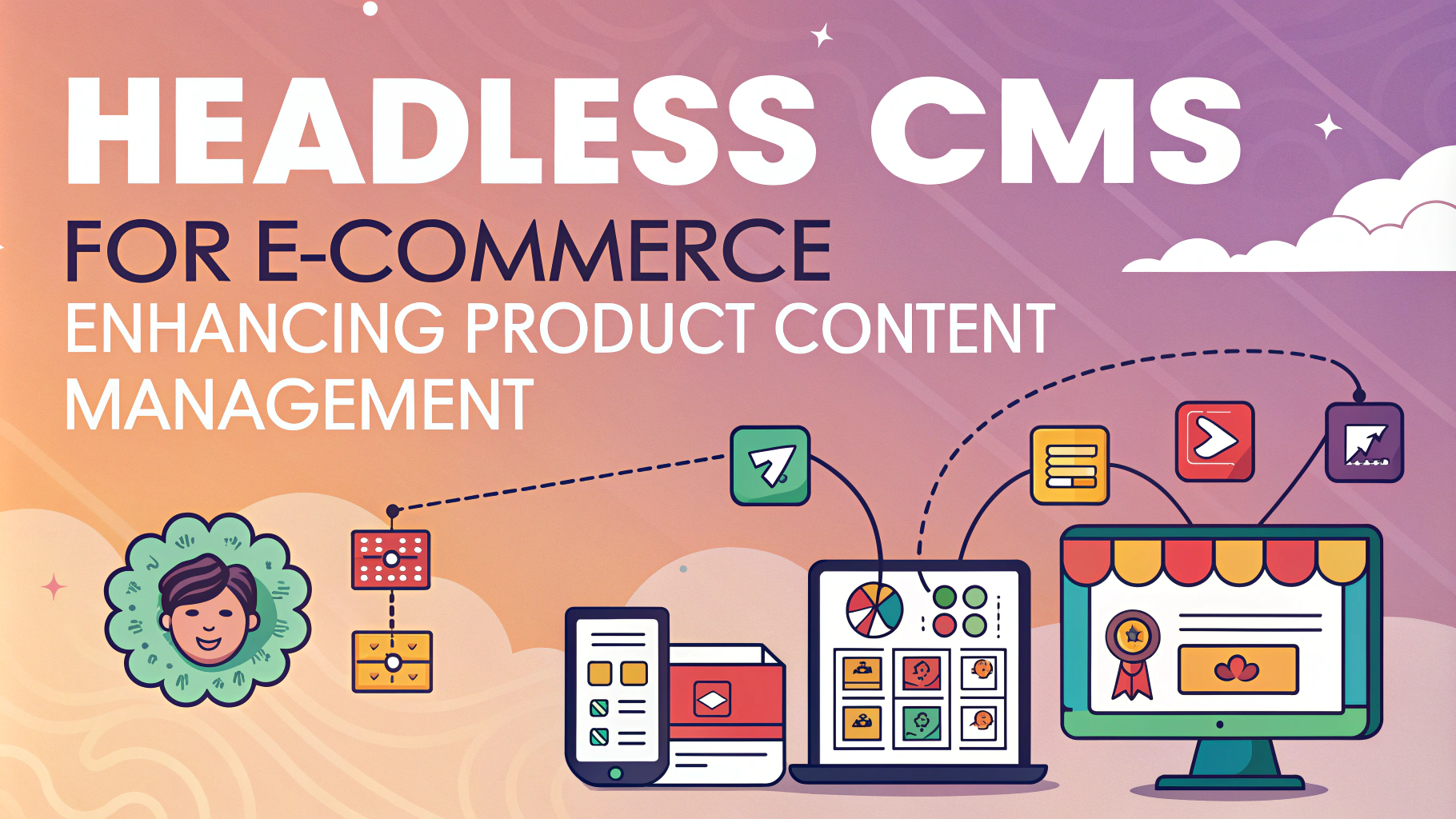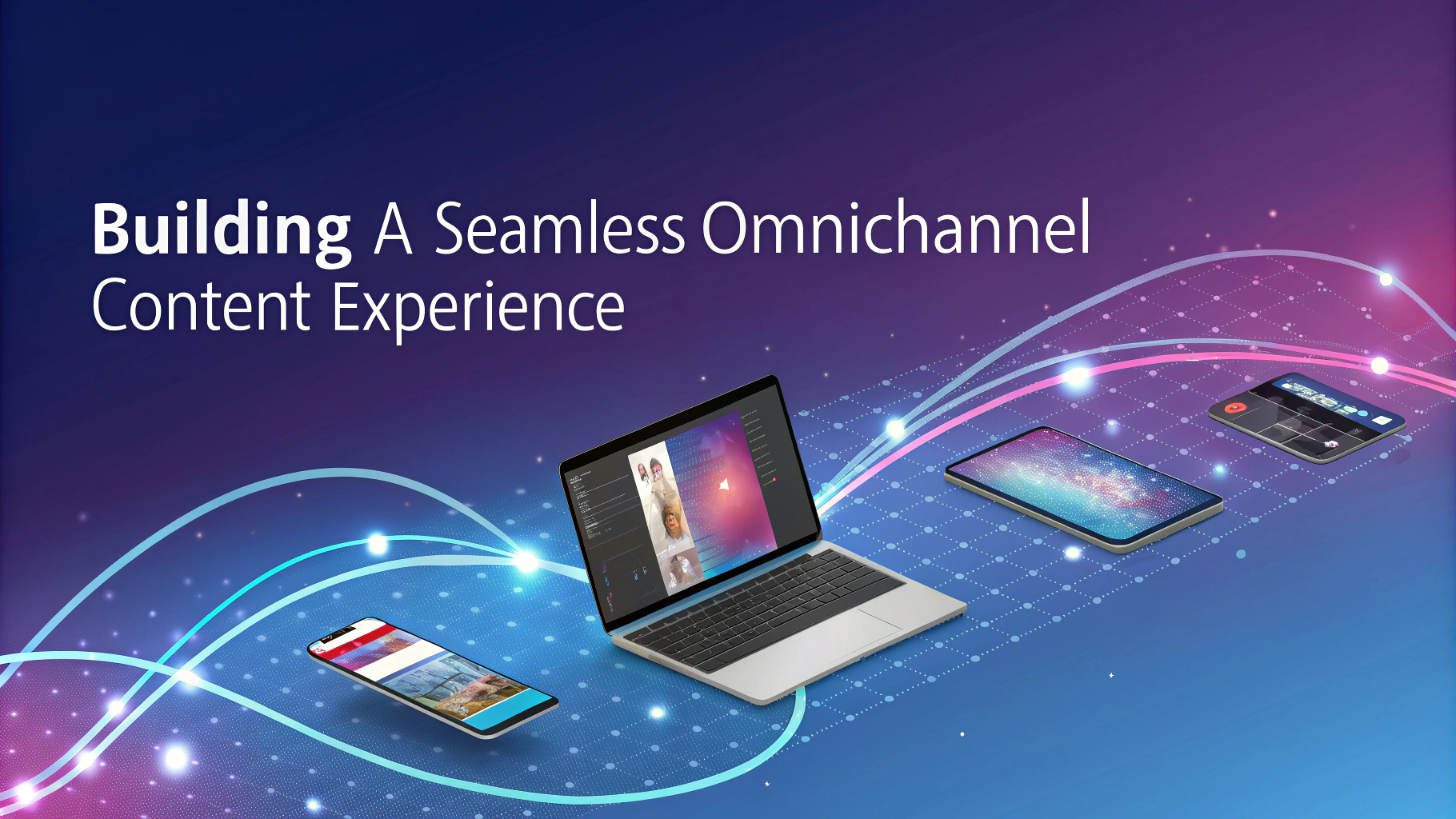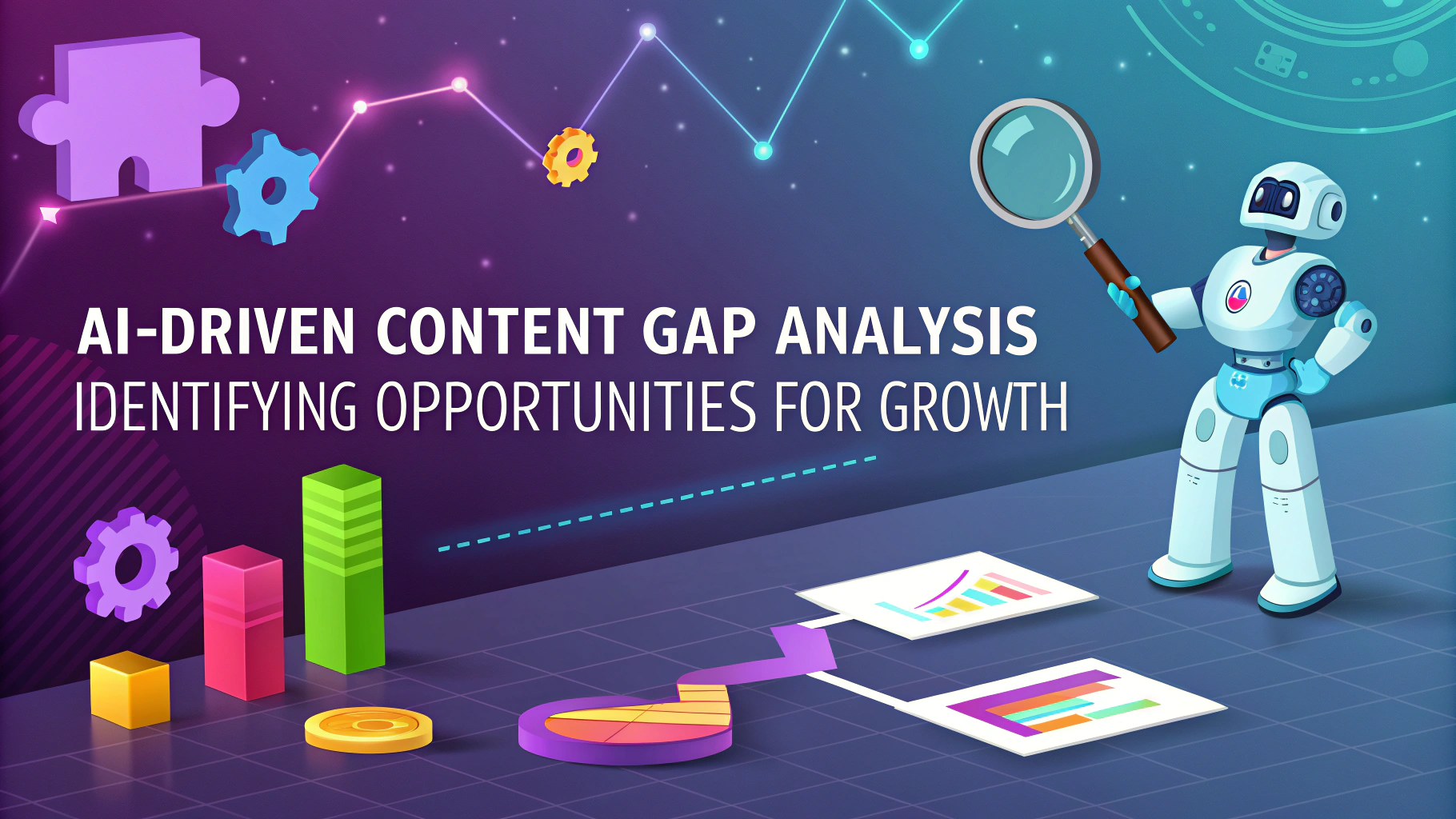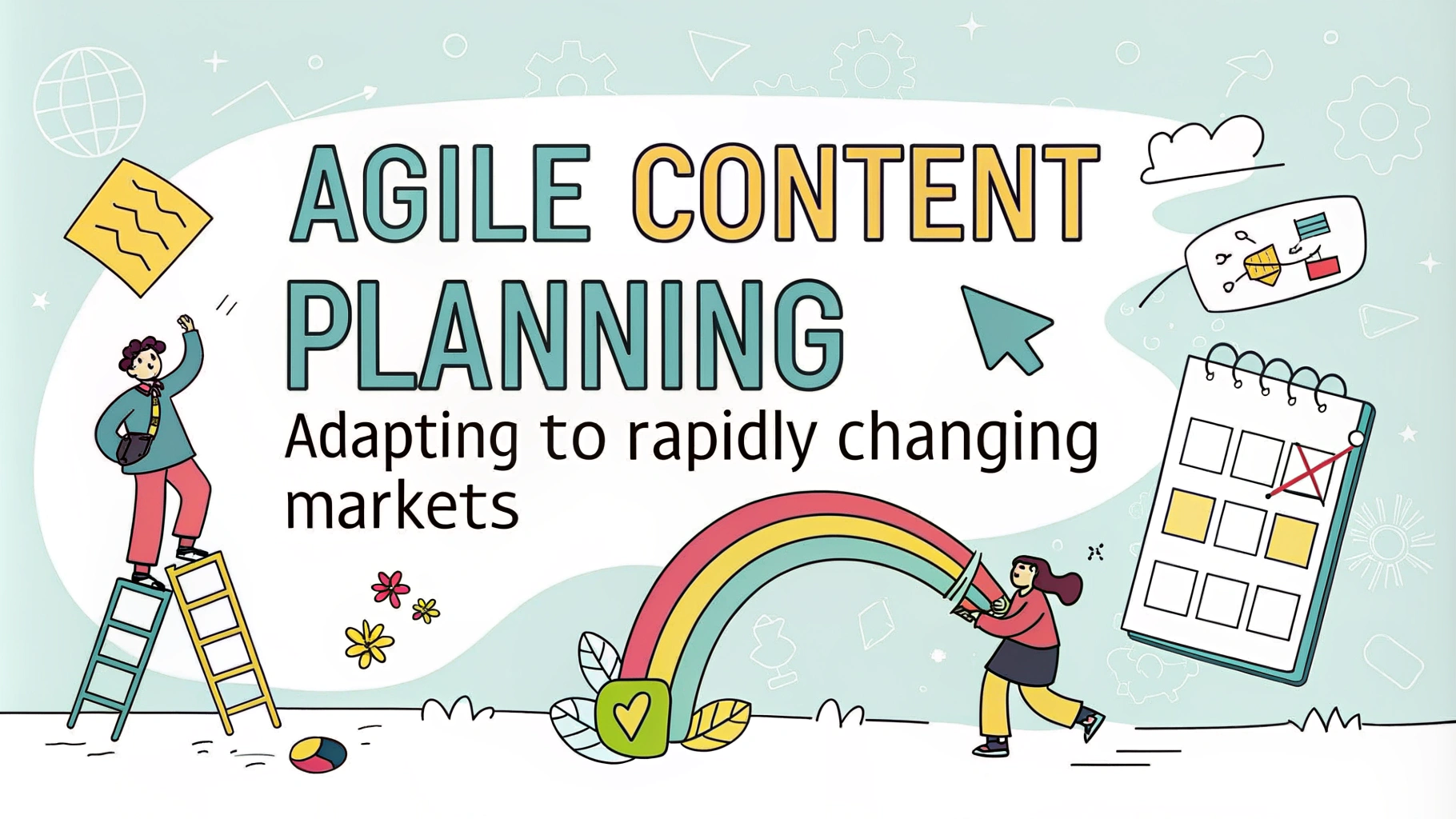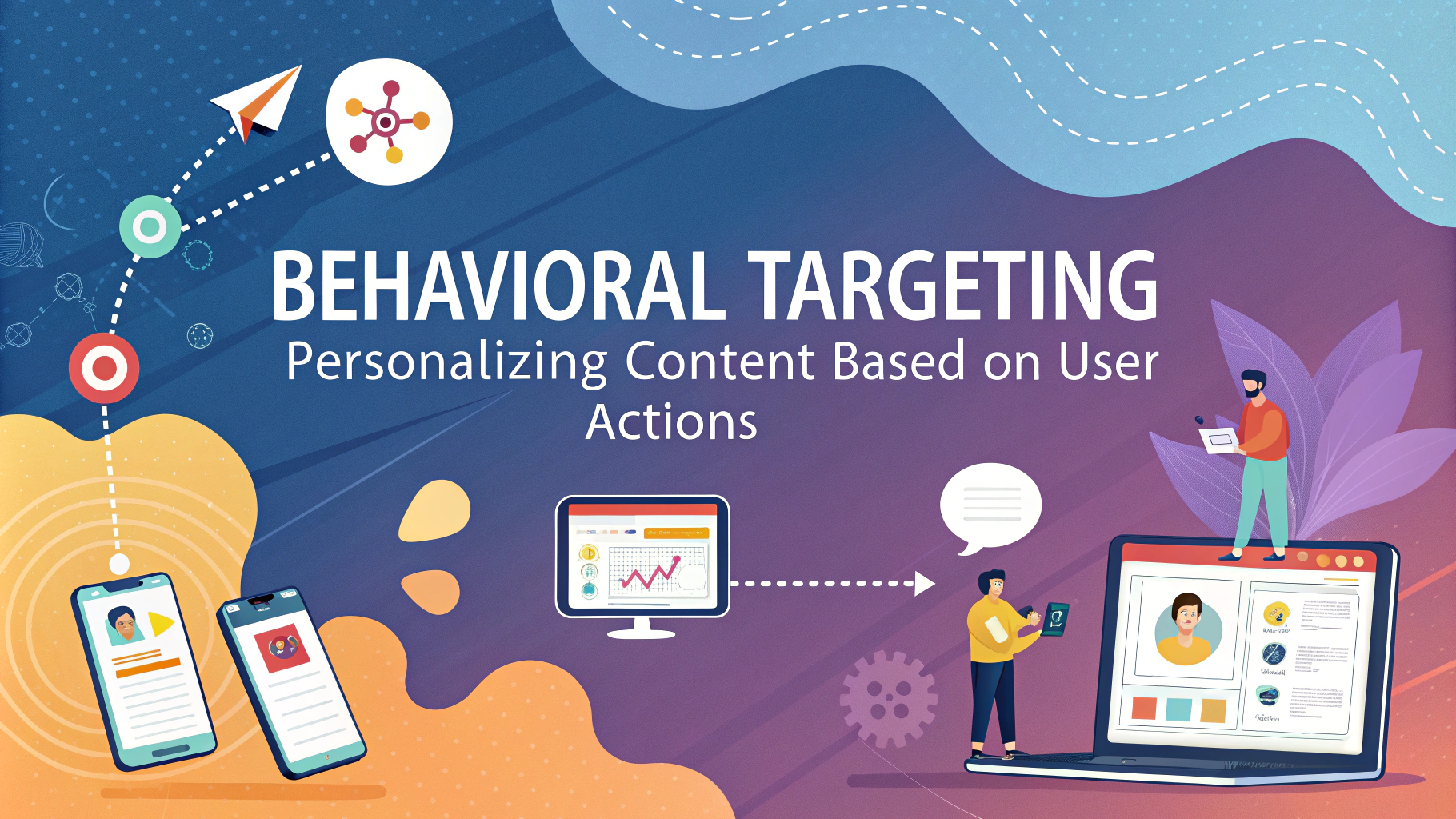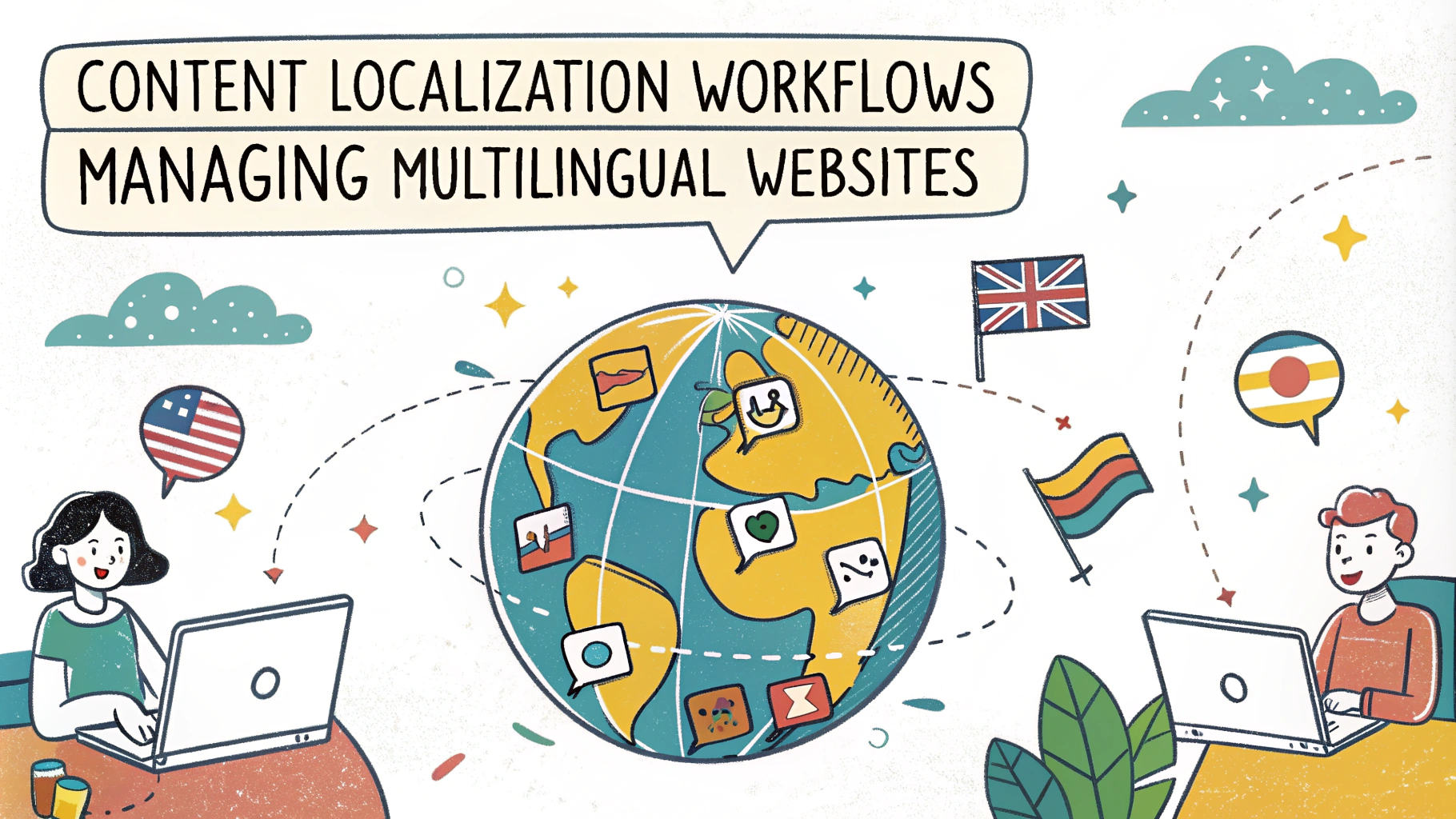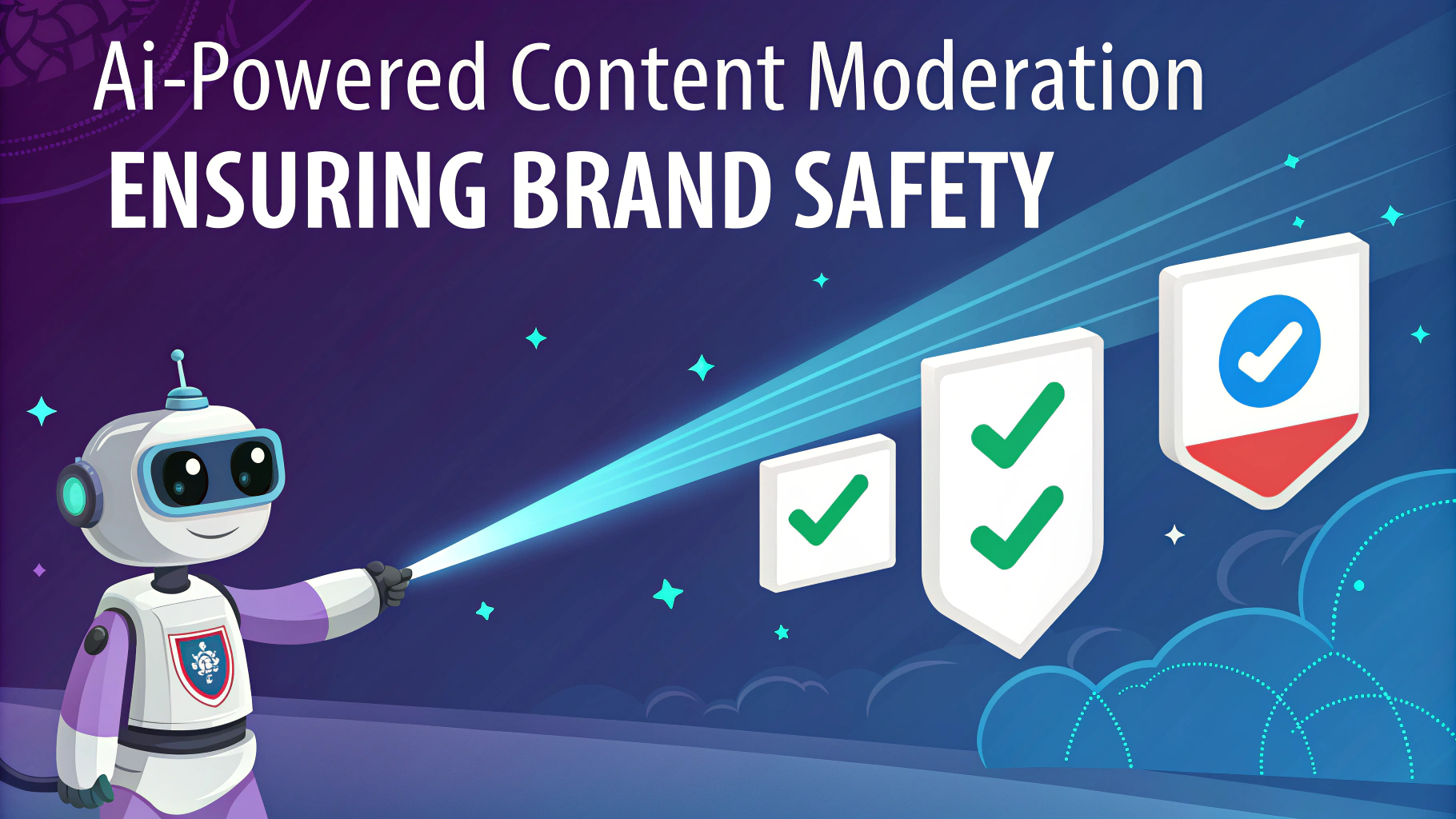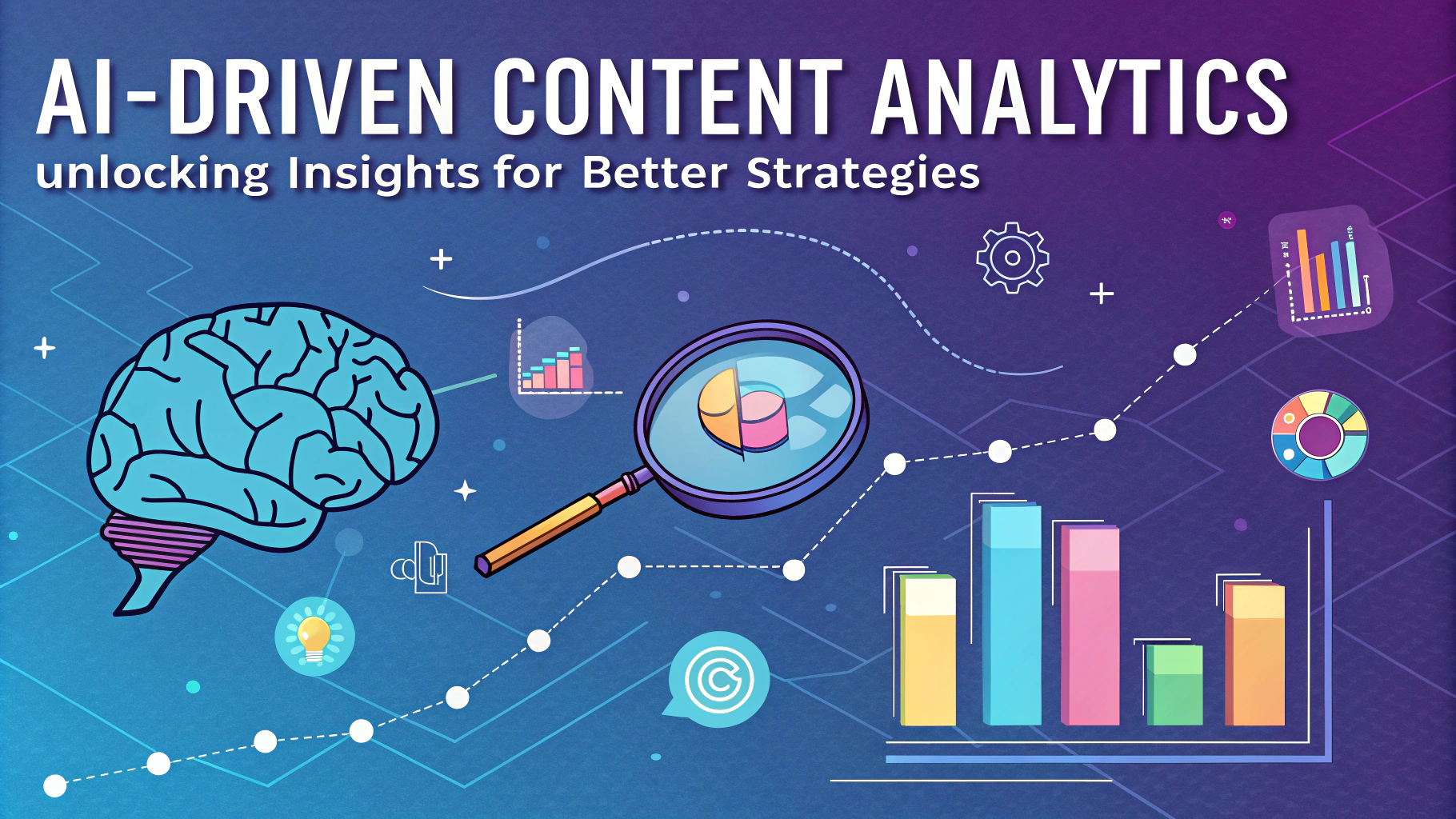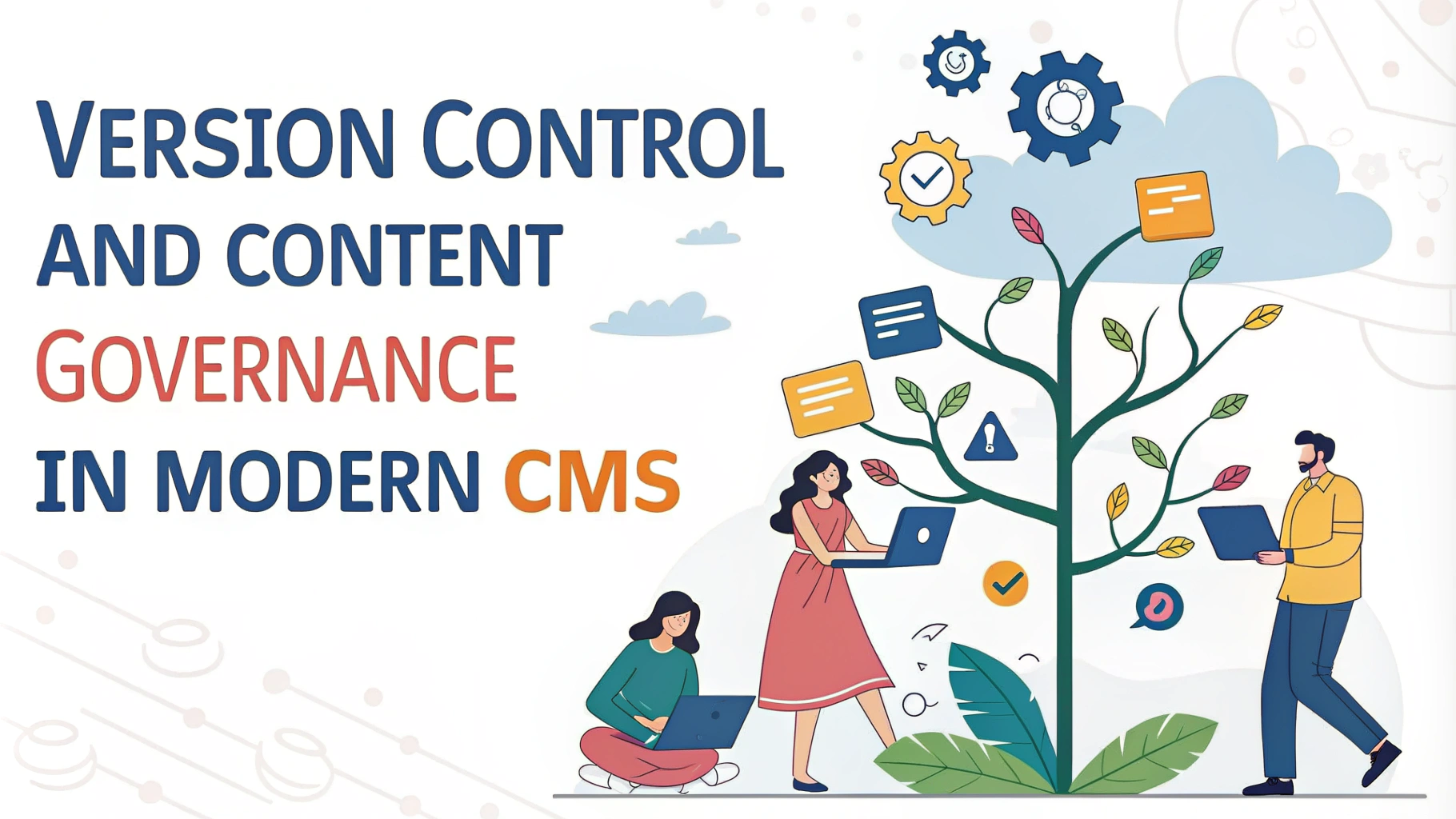Content marketing is evolving rapidly. Hyper-personalization stands out as a game-changing strategy to engage audiences effectively. This article explores how tailored content can transform your customer journey and marketing efforts.
We’ll cover the essentials of hyper-personalization, its benefits, implementation strategies, and real-world examples. By the end, you’ll have actionable insights to elevate your content marketing game.
Understanding Hyper-Personalization in Content Marketing
Hyper-personalization goes beyond basic segmentation. It involves using data and AI to create highly tailored content for individual users.
Key components of hyper-personalization:
- Real-time data analysis
- AI-driven content recommendations
- Dynamic content adaptation
- Cross-channel personalization
By leveraging these elements, marketers can create unique experiences for each user, increasing engagement and conversion rates.
Benefits of Implementing Hyper-Personalized Content
Adopting hyper-personalization can lead to significant improvements in your marketing efforts.
Advantages include:
- Increased customer engagement
- Higher conversion rates
- Improved customer loyalty
- Better ROI on marketing spend
A study by Epsilon found that 80% of consumers are more likely to make a purchase when brands offer personalized experiences.
Strategies for Implementing Hyper-Personalization
To successfully implement hyper-personalization, consider these strategies:
- Data Collection and Analysis: Gather comprehensive user data from various touchpoints.
- AI and Machine Learning: Utilize AI tools to analyze data and generate insights.
- Content Mapping: Create a diverse content library that caters to different user personas.
- Dynamic Content Delivery: Use technology to serve personalized content in real-time.
Implement these strategies gradually, testing and refining your approach as you go.
Tools and Technologies for Hyper-Personalization
Several tools can help you implement hyper-personalization effectively:
| Tool Category | Examples | Key Features |
|---|---|---|
| Customer Data Platforms | Segment, Tealium | Data unification, audience segmentation |
| AI-Powered Personalization Engines | Dynamic Yield, Optimizely | Real-time content recommendations, A/B testing |
| Marketing Automation Platforms | HubSpot, Marketo | Automated workflows, behavior-based targeting |
Choose tools that integrate well with your existing tech stack and align with your personalization goals.
Leveraging Data for Personalized Content Creation
Data forms the backbone of effective hyper-personalization. To create truly tailored content:
- Collect first-party data through website interactions, email campaigns, and customer surveys
- Use third-party data to fill gaps and gain broader market insights
- Implement a robust Customer Data Platform (CDP) to unify data from multiple sources
- Analyze user behavior patterns to identify content preferences and pain points
Remember to prioritize data privacy and comply with regulations like GDPR and CCPA.
Implementing AI-Driven Content Recommendations
AI algorithms can significantly enhance your content personalization efforts:
- Use machine learning models to predict user interests based on past behavior
- Implement natural language processing (NLP) to understand content context and user intent
- Utilize recommendation engines to suggest relevant articles, products, or services
- Employ A/B testing to refine and optimize your AI-driven recommendations
Start with simple recommendation models and gradually increase complexity as you gather more data.
Measuring the Success of Hyper-Personalized Content
To gauge the effectiveness of your hyper-personalization efforts, track these key metrics:
| Metric | Description | Target Improvement |
|---|---|---|
| Engagement Rate | Time spent on page, scroll depth, interactions | 20-30% increase |
| Conversion Rate | Percentage of users taking desired actions | 10-15% increase |
| Customer Lifetime Value | Total value a customer brings over time | 15-25% increase |
| Net Promoter Score | Likelihood of customers recommending your brand | 10-20 point increase |
Use these metrics to continuously refine your personalization strategy and demonstrate ROI to stakeholders.
Overcoming Challenges in Hyper-Personalization
While powerful, hyper-personalization comes with its own set of challenges:
- Data Quality: Ensure data accuracy and relevance through regular audits and cleansing
- Privacy Concerns: Be transparent about data usage and offer clear opt-out options
- Content Scale: Use AI-powered content generation tools to create variations at scale
- Technology Integration: Choose tools that integrate seamlessly with your existing stack
Address these challenges proactively to build a sustainable hyper-personalization strategy.
Conclusion
Hyper-personalization represents a significant leap forward in content marketing. By leveraging data, AI, and advanced technologies, you can create highly tailored experiences that resonate with your audience.
Key takeaways for successful implementation:
- Prioritize data collection and analysis
- Invest in AI-driven recommendation systems
- Measure and iterate based on performance metrics
- Address challenges proactively
Start small, experiment often, and scale your hyper-personalization efforts as you see results. The future of content marketing is personal – embrace it to stay ahead of the curve.

